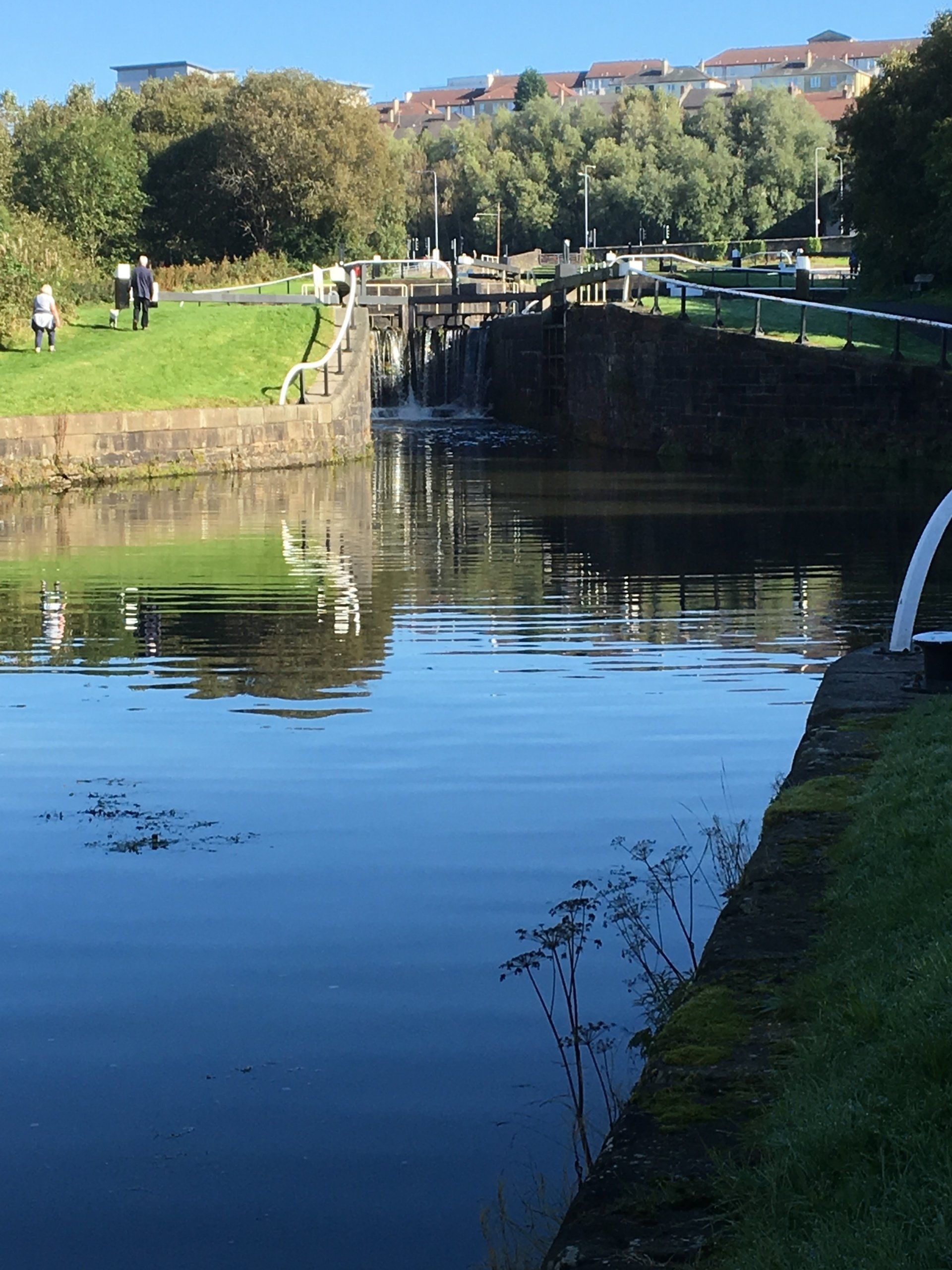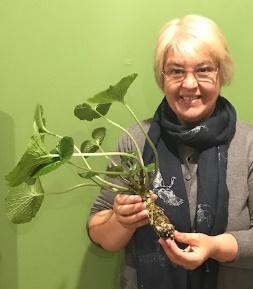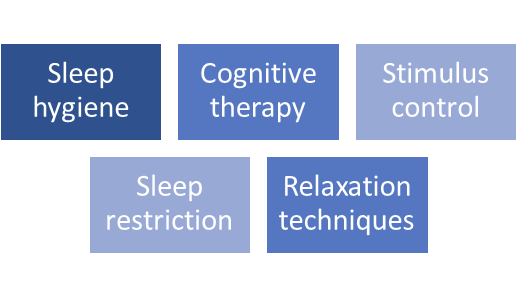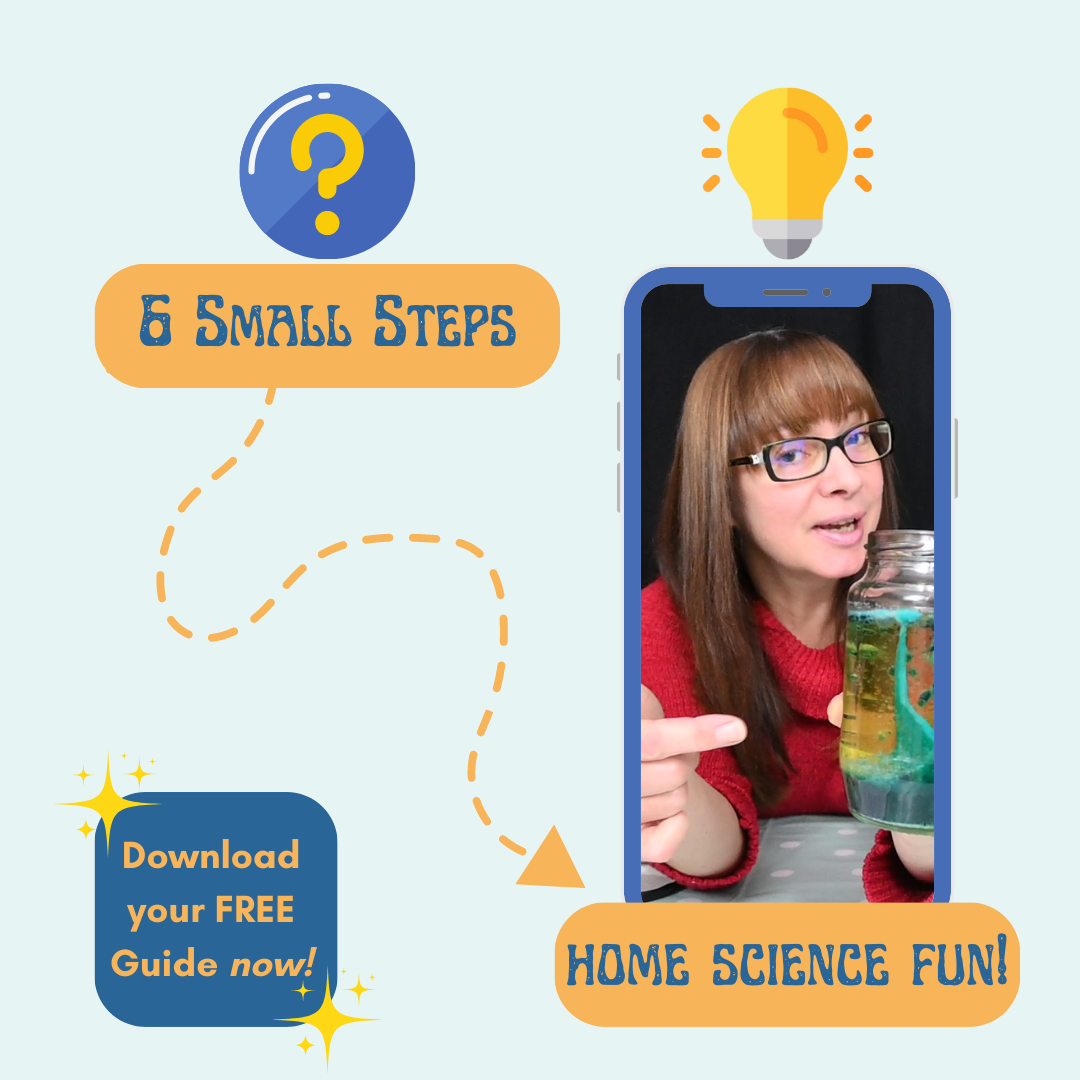
STEM Scotland: What's The Story?
It's official; STEM Scotland is now in business!

I
have finally decided to take the plunge! After fifteen years in a fulfilling,
challenging, demanding but always interesting lecturing post, I left earlier
this year to set up my own company, STEM Scotland
. But; why now?
STEM is a growth area in Scotland
Right now there is enormous potential in Scotland around STEM, particularly in
the Life Sciences, my own area of expertise. There are huge developments around
space-related technology and industry, with a possible Space Port being located
in Scotland in the next few years; Glasgow can also lay claim to being the
biggest producer of satellites in Europe. Large infrastructure projects such as
the award-winning Queensferry Crossing, and dualling of the A9, have put engineering
in the spotlight. Exciting times!
Scotland has one of the most educated populations in Europe
Scotland has more universities per head of population than many other
countries, and a higher proportion of its population hold degrees relative to
other comparable countries.
So what are the concerns?
With so many positives, it may come as a surprise to realise there are several
areas of concern for the future, in terms of maintaining and progressing these
levels of engagement with STEM. These include decline in population growth;
issues around gender balance in certain STEM areas; lack of awareness of the
range of STEM careers available; known anxieties of primary teachers in the
maths and science areas of the curriculum; general pressures in education around
staff workload; to name but a few.
So why leave a full-time, permanent job
(yes, really) to try and
help?
Short story; it's time! The slightly longer version.....
Begins with; I don't remember a time when I have not loved science. I remember
being in Sixth Year Chemistry with my two pals; collectively we (re)named
ourselves Ethyl (Benzene), Di (Nitrophenolhydrazine) and Ester Hydrolysis.
Singing into Bunsen burners; the whole works. Anyhow that's another story for
another time.
The middle part is that I studied Pharmacology at university, then a PhD (which
evolved from my Honours project investigating vascular smooth muscle control),
and after a short period of post-doctoral research, did a PGCE in secondary
science. Here I really found my niche; I became fascinated with theories of
learning and teaching, and loved combining what I had learned in college with
what actually goes on in a classroom; the two facets going hand in hand
surprisingly well. I loved testing things out, and it was fascinating to wear
two "hats" (teacher and learner) at the same time. After teaching
high school science for a couple of years, I relocated back to Glasgow and a
temporary university post turned into a 15-year lectureship. So....why leave?
Finally...now is the time! Seize the day! Basically that was it. Let me
explain.
Enter STEM Scotland!
I have gained a huge amount of experience in science and education in
various different contexts (academic, technical, research, teaching, schools,
universities) over the years. Watching all the exciting things happening in
Scotland STEM-wise; coupled with a sense that it was time for a change in
career (perhaps somewhat ironically through helping students think about their
own skills, career directions, and fulfilling their own potential); I decided
to take the plunge.






